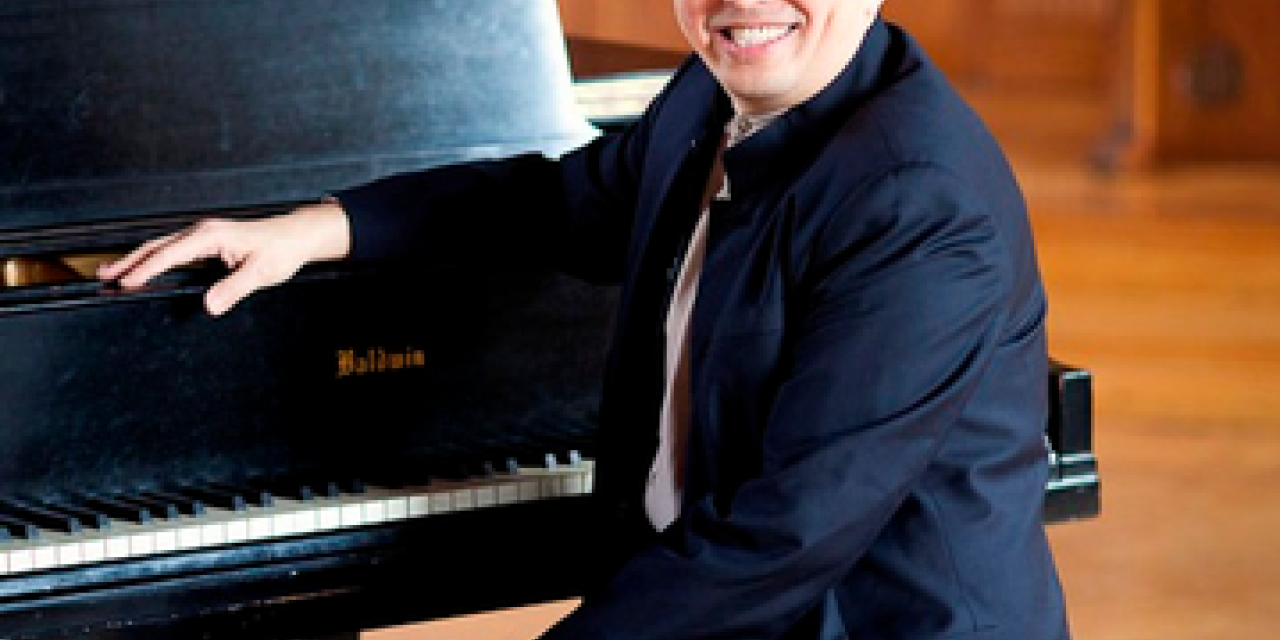Why should North American Christians pay more attention to Asian Christian worship practices?
The church in North American has allowed individualism to shape much of worship. It seems dominated by tussles over musical tastes and which church your kids go to—rather than helping believers locate their identity within the body of Christ. This sense of community is much stronger in Asian churches and is worth discovering afresh.
Why is the sense of community so strong in Asian churches?
It is the ethos of the Asian community. Asians tend to value family and community much more than the individual. There’s a strong emphasis on passing down your tradition. I grew up in a church in Singapore where the entire congregation memorizes a verse or two together each week. Memorizing is part of the worship service. Many churches still do that. The communal aspect, the silence, the bowing, the humility, the interest in food—that is our heritage in expressing faith.
Which themes in Scripture do Asian congregations notice because of their community orientation?
They notice more the relational aspect of the gospel. They’re pietistic and devotional in a community way. So far in my attendance of churches here, the message seems to be “God loves you, God takes care of you, things will be okay,” but not so much “What will you do to live up to your responsibility as a Christian?”
Asian churches emphasize being accountable. What you do will affect the community, so be careful what you do. Another dimension is that you want to promote the community. So you spend time in prayer and charitable work and getting to know your neighbor who is not a Christian.
What happens when churches experiment with Asian practices such as using silence in worship?
In Asian culture, most music is not for entertainment. It is used religiously, and most religious music is subdued. People sing and chant their prayers to invoke a sense of quietness. We all believe that the divine can be approached with less noise, more silence. That’s across the board, whether you are Shinto, Hindu, Buddhist, Muslim, or Christian.
In my pastoral experience with churches in New Jersey, I helped them use silence creatively, similar to the prayer model of Taize. It helped still the congregation to encounter and experience God, not just know about the Holy One intellectually.
Why (other than not passing germs in flu season) should churches consider silent bowing to pass the peace?
Passing the peace is not merely a casual “How are you doing?” or “What’s up?” Rather this liturgical act tends to come after confession and absolution. It reminds us that until we are willing to forgive and be forgiven, our worship is not acceptable to God. The ritual of passing the peace is a visible expression of being reconciled. Through gesture and posture, we greet not only people we love but also God’s holy presence indwelling in them.
When a Presbyterian church in Singapore made it their practice to pass the peace by bowing, people said it felt more close to heart and second nature. When I introduced the hand clasp and bow to the World Methodist Council assembly, a sense of tranquility and loving bonds flooded the room. This powerful gesture speaks without words.
Related Video
In this worship service video, you can see Swee Hong Lim contrast American and Asian ways of passing the peace. (Fast forward to the segment from 16:00 to 19:00.)

